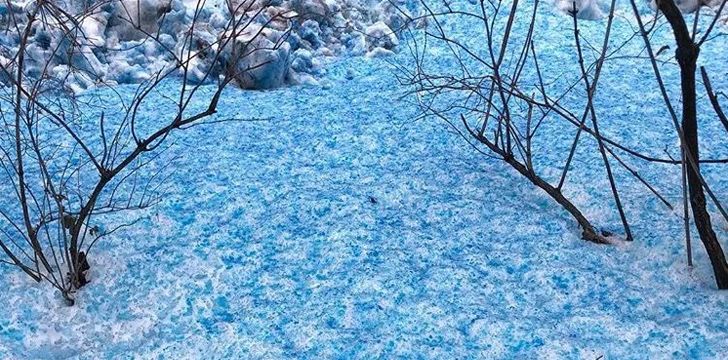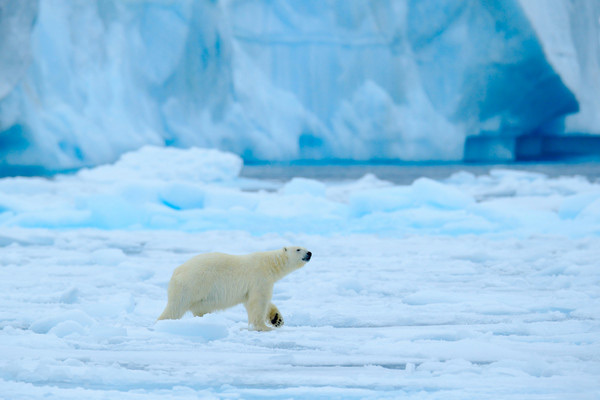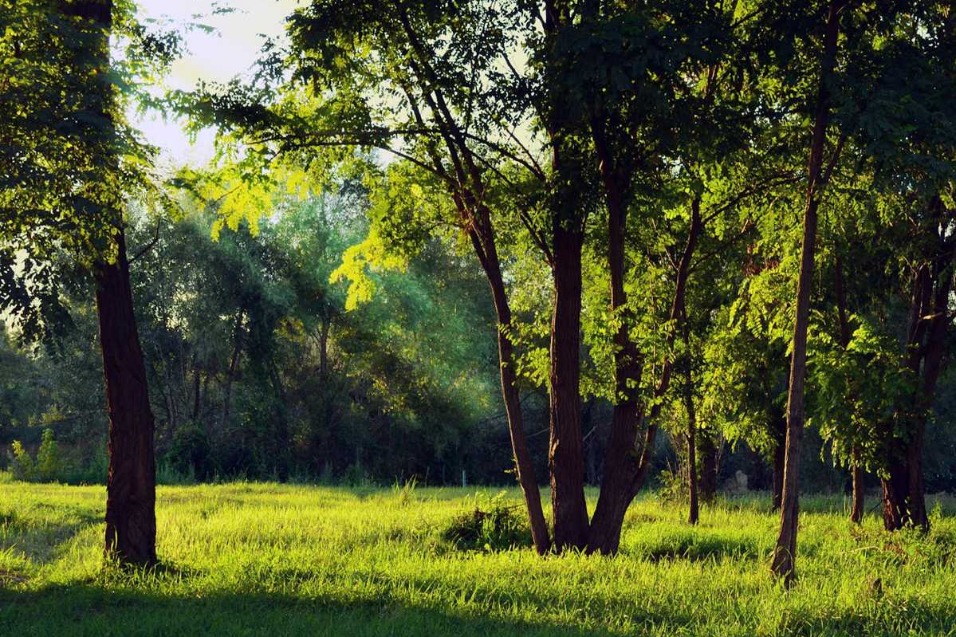大雪纷飞 破解关于雪最常见的3条流言 3 biggest snow myths that will surprise you
中国日报网 2018-12-11 08:47

近几日,全国多地迎来了入冬以来的首场大雪,杭州西湖银装素裹,宛如仙境一般。对于圣洁美丽的雪,你了解多少?也可能,你知道的那些都是错的呢。比如下面这些:

1. No two snowflakes are the same
世界上不存在两片完全相同的雪花
First of all, it’s a myth that no two snowflakes are the same. In 1988, a scientist found two identical snow crystals that had both formed in a snow storm in Wisconsin, USA.
首先,“不存在两片完全相同的雪花”这一说法是假的。1988年,一名科学家发现了两个完全相同的雪结晶,而且这两片雪花都是在美国威斯康星州的一场雪暴中形成的。
Since then scientists have come to learn that snowflakes can only form into 35 different shapes. Although scientists are also unsure why exactly the various shapes of snowflake form, they have identified eight predominant shapes, with each of these eight shapes having several different variations.
之后,科学家了解到雪花只会有35种不同形状的造型。虽然科学家也不清楚雪花会形成各种各样形状的准确原因,但是他们已经确定出了雪花的8种主要形状,这8种形状中的每一种又有几种不同的变化。
2. Snow is white
雪是白色的
Second biggest myth, snow isn’t white. It’s actually colorless. Snow is made up of ice particles, and ice is translucent, which means that light does not pass through it easily, but rather it gets reflected.
这是第二大误区,但其实雪不是白色的,而是无色的。雪是由冰晶分子组成的,而冰是半透明的,也就是说光线不能很轻易地穿透它,而会被其反射。
When light hits a snowflake, it gets reflected back from the snowflake’s many surfaces, often bouncing between these surfaces, and because of this that light is reflected back to our eyes as the color white. This is why, up close or magnified, a snowflake always looks clear, yet in reality appears as white.
当光线照射在雪上,雪花的众多冰晶表面会将其反射回去,通常是在各表面间来回反射,也正因为如此,反射进我们眼睛中的光线就呈现出了白色。这就是为什么近看或放大看雪花,颜色是透明的,但是在实际生活中肉眼看上去却是白色的。
translucent[træns'lusnt]: adj. 半透明的
3. Snow always looks white
雪看起来总是白色的
Lastly, snow doesn’t always appear to us as the color white. Not counting the infamous yellow snow that everyone knows never to eat, you can also get naturally blue snow or even pink snow.
最后,雪所呈现的颜色也不是只有白色。不算上臭名昭著的黄雪(每个人都知道不要吃这种雪),还有天然的蓝色雪甚至是粉色雪。
Deep snow can sometimes appear blue in color because the extra layers of snow create a filter for light, which causes more red light to be absorbed by the snow than blue light, meaning that it looks blue.
深深的积雪有时候会呈现出蓝色,因为更厚的雪成为了光线的滤镜,导致雪层吸收的红光多于蓝光,这意味着雪会看起来发蓝。
俄罗斯圣彼得堡的这场蓝色的雪:

Likewise, snow can sometimes appear pink in mountainous regions or coastal Polar Regions due to it containing cryophilic fresh-water algae that have a red pigment in them.
同样的,在山区或极地沿海区域的雪有时候会呈现出粉色,这是由于雪中含有喜欢寒冷的淡水藻类,而藻类的体内有红色素。
cryophilic[,kraɪə'fɪlək]: adj. 嗜寒的
algae['ældʒi]: n. 藻类;海藻
pigment['pɪgmənt]: n. 色素
南极洲的彼得曼冰川上的粉色的雪:

As an interesting bonus fact, the fur of Polar Bears is actually made up of translucent fibers, trapping light between its many surfaces and making the Polar Bear look white, when in actuality if you were to examine a single piece of Polar Bear fur up close it would look clear – just like a snowflake.
另外补充一个有趣的小常识,北极熊的毛发其实是半透明的,但是由于光线在层层毛发的表面之间来回反射,所以北极熊看起来是白色的。事实上,如果你单独看一根北极熊的毛发,你会发现它和雪花一样,是透明的。

It’s also a commonly known fact that, if shaved, a Polar Bear would be black in color. The reason a Polar Bear’s skin is black is because black is the color which locks in the most heat, meaning the Polar Bears is not only perfectly camouflaged but also incredibly thermally insulated.
而且还有一个人尽皆知的常识是,如果把毛剃光,北极熊的皮肤是黑色的。原因是,黑色可以锁住最多的热量,也就是说,北极熊这身皮毛不仅是一个完美的伪装,还是一个超好的保暖服。
camouflage['kæmə'flɑʒ]: vt. 伪装,掩饰
来源:The Fact Site、煎蛋网
编译:丹妮

















 英语点津微信
英语点津微信 双语小程序
双语小程序